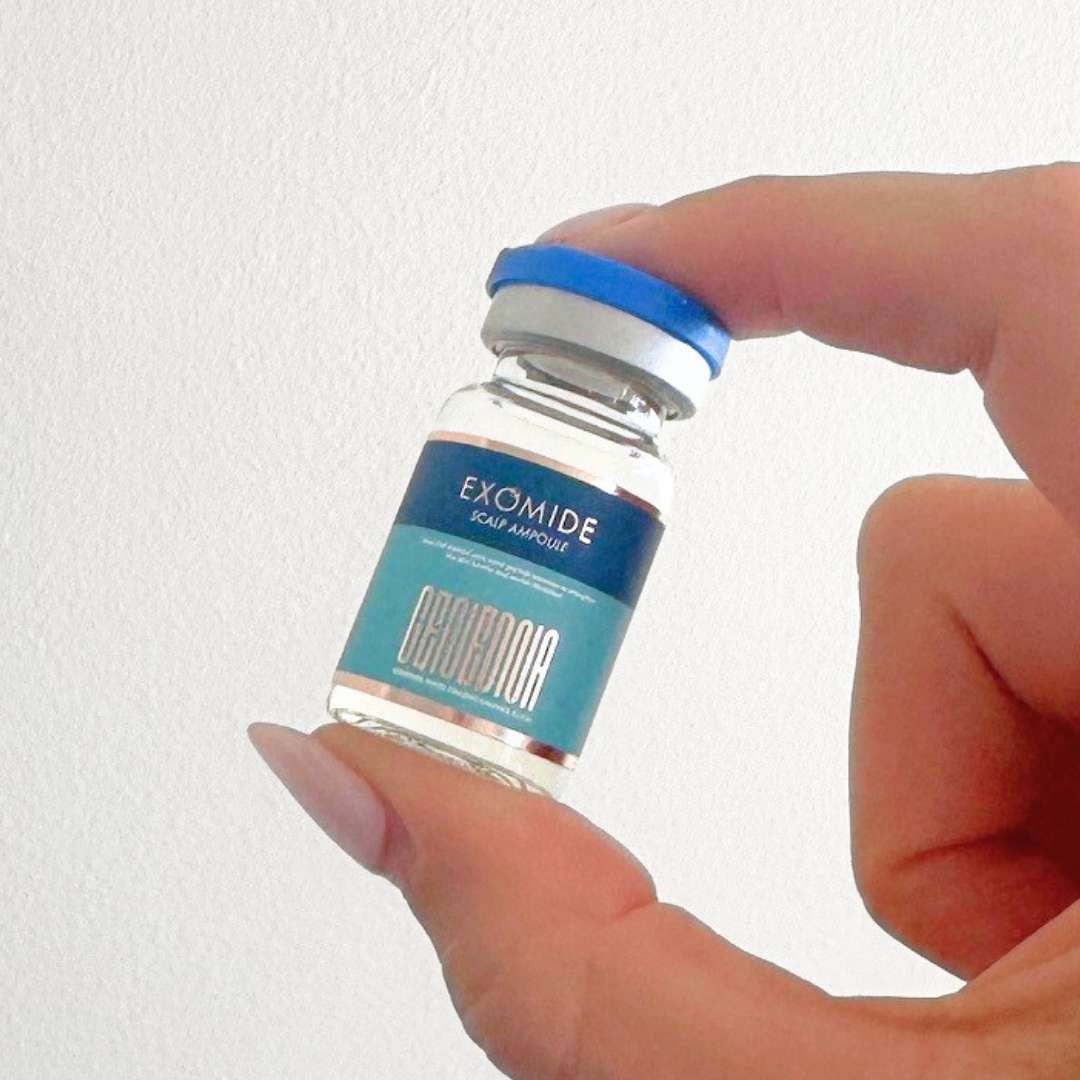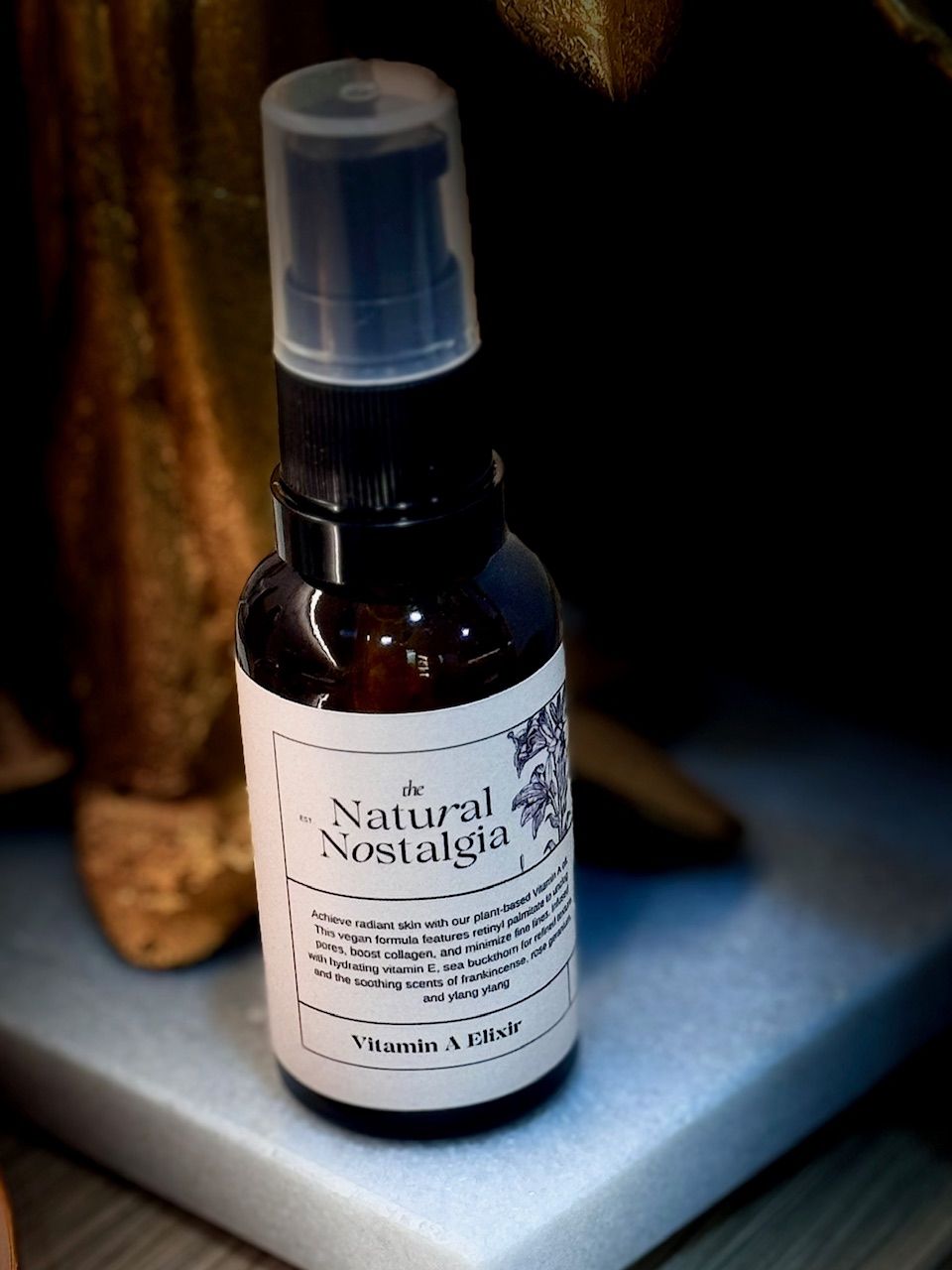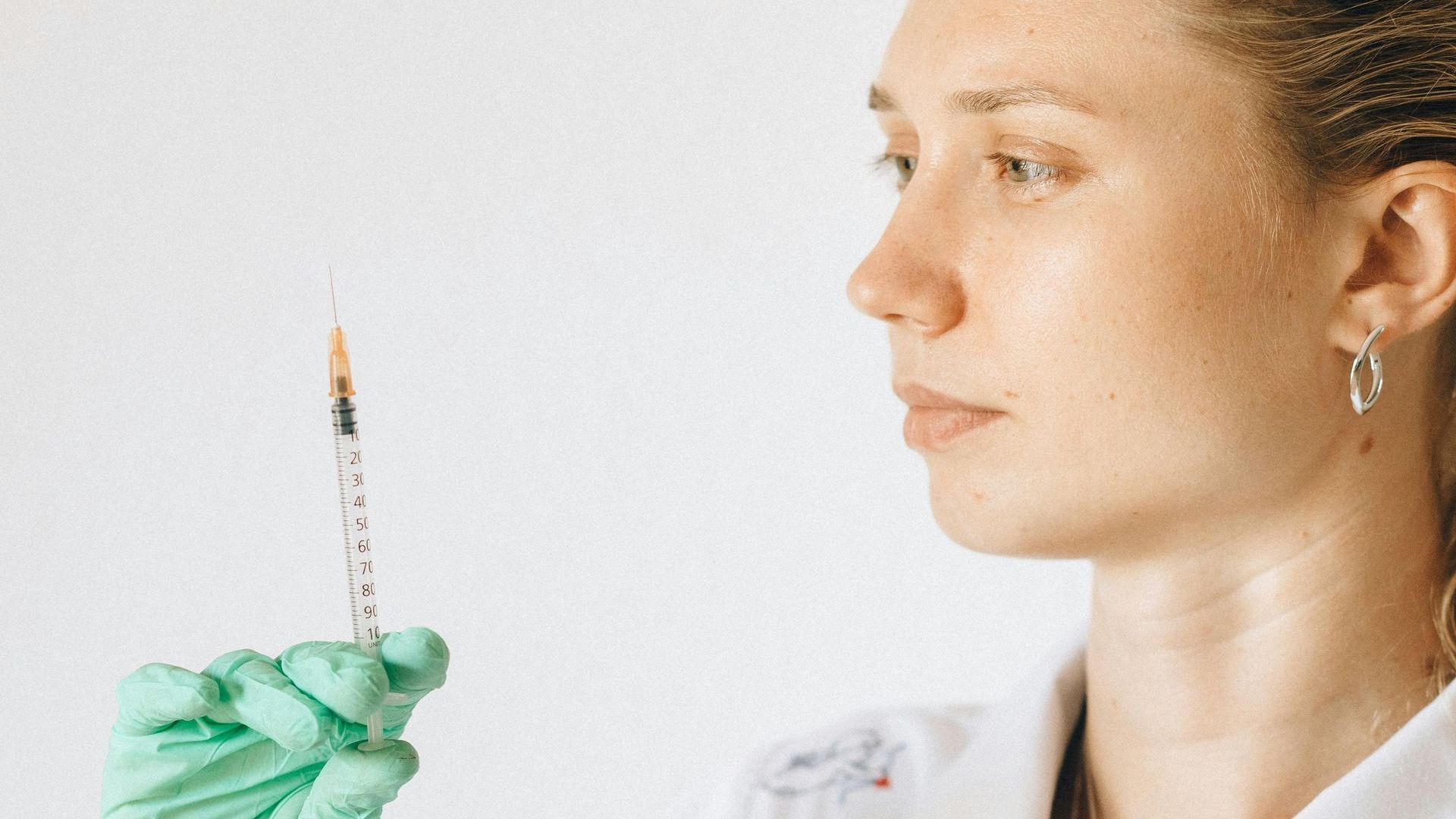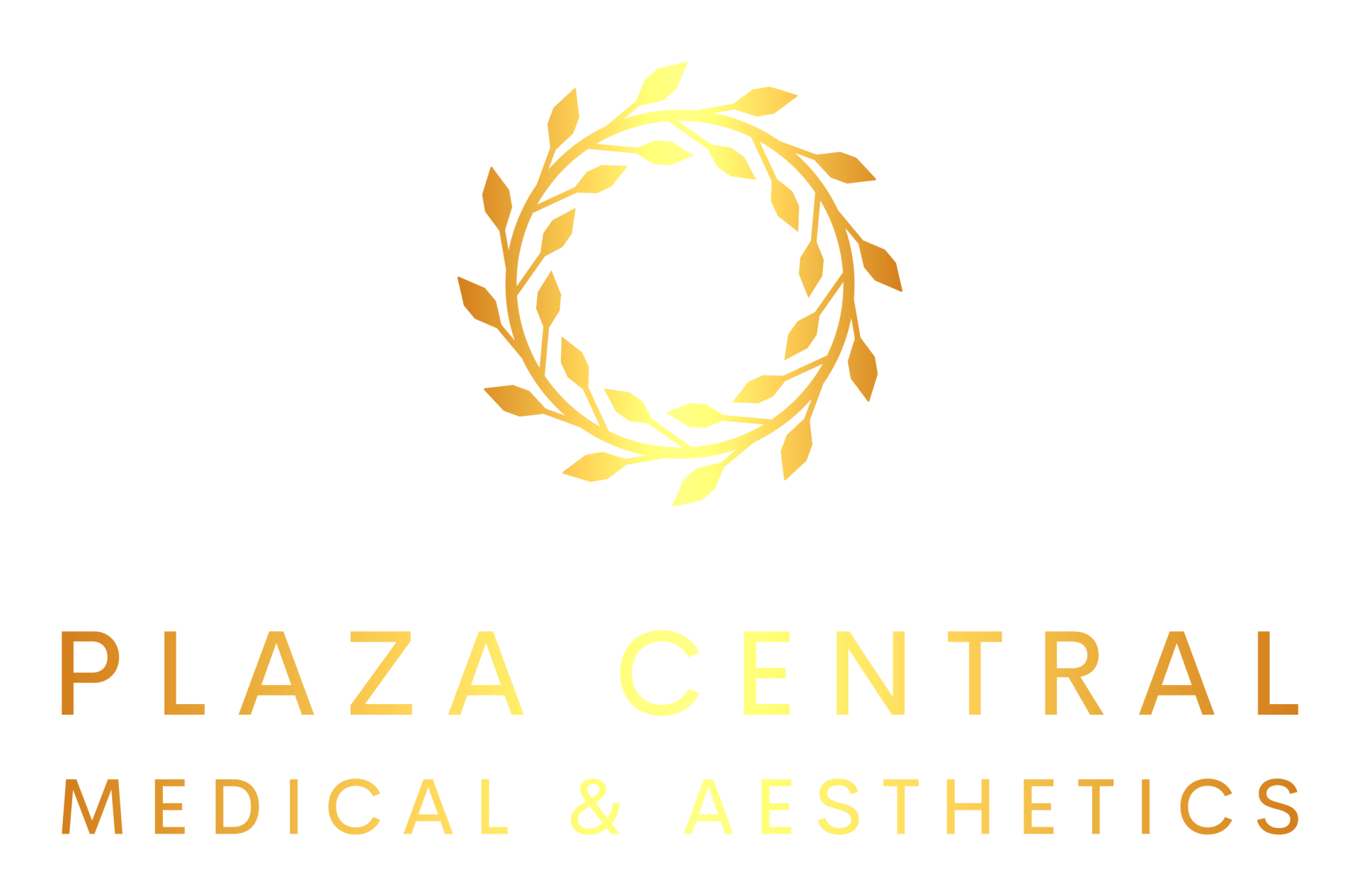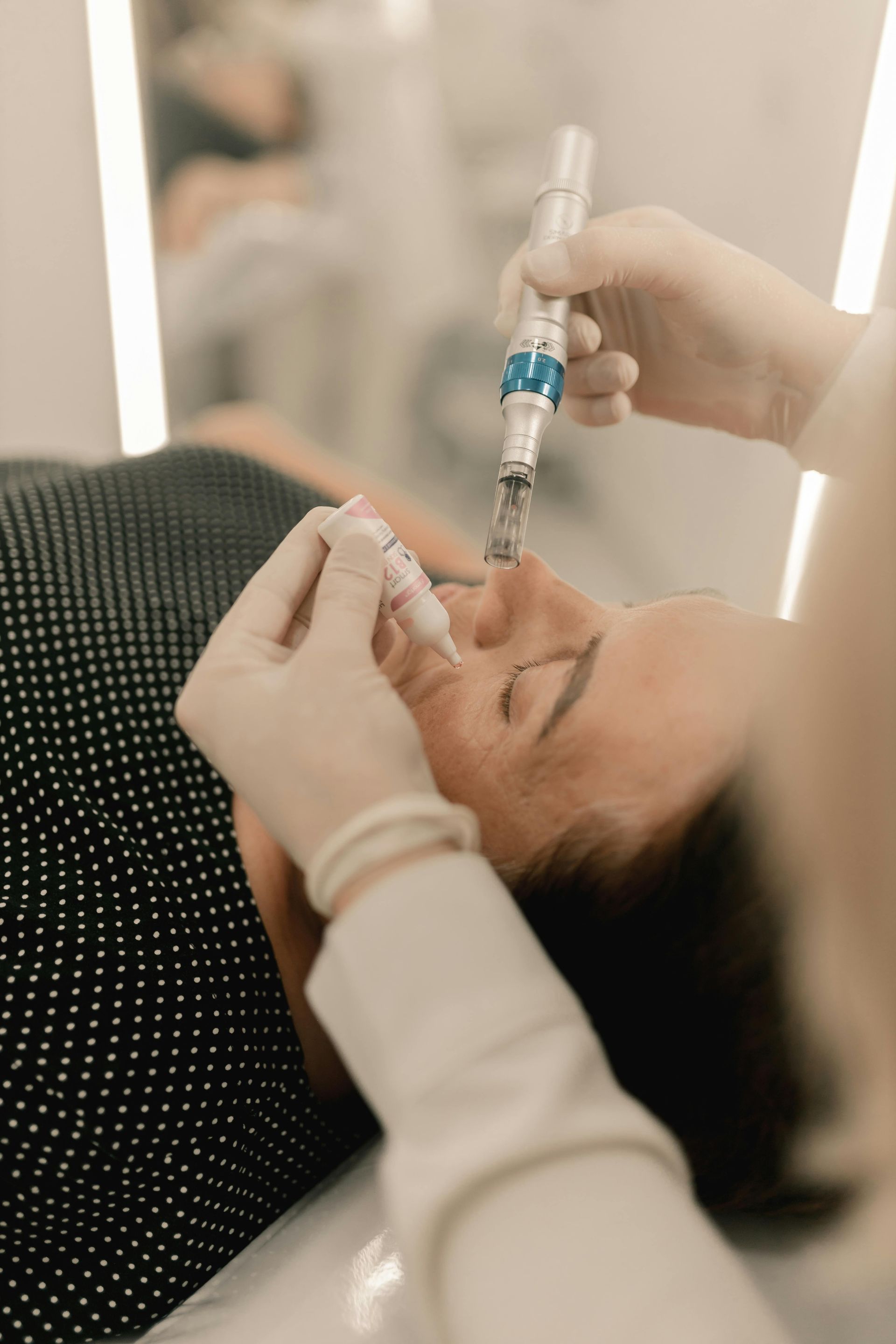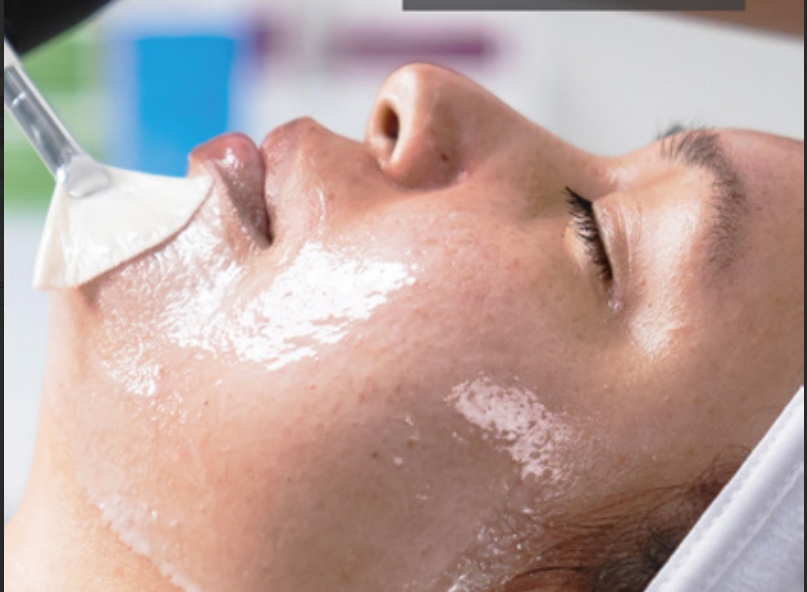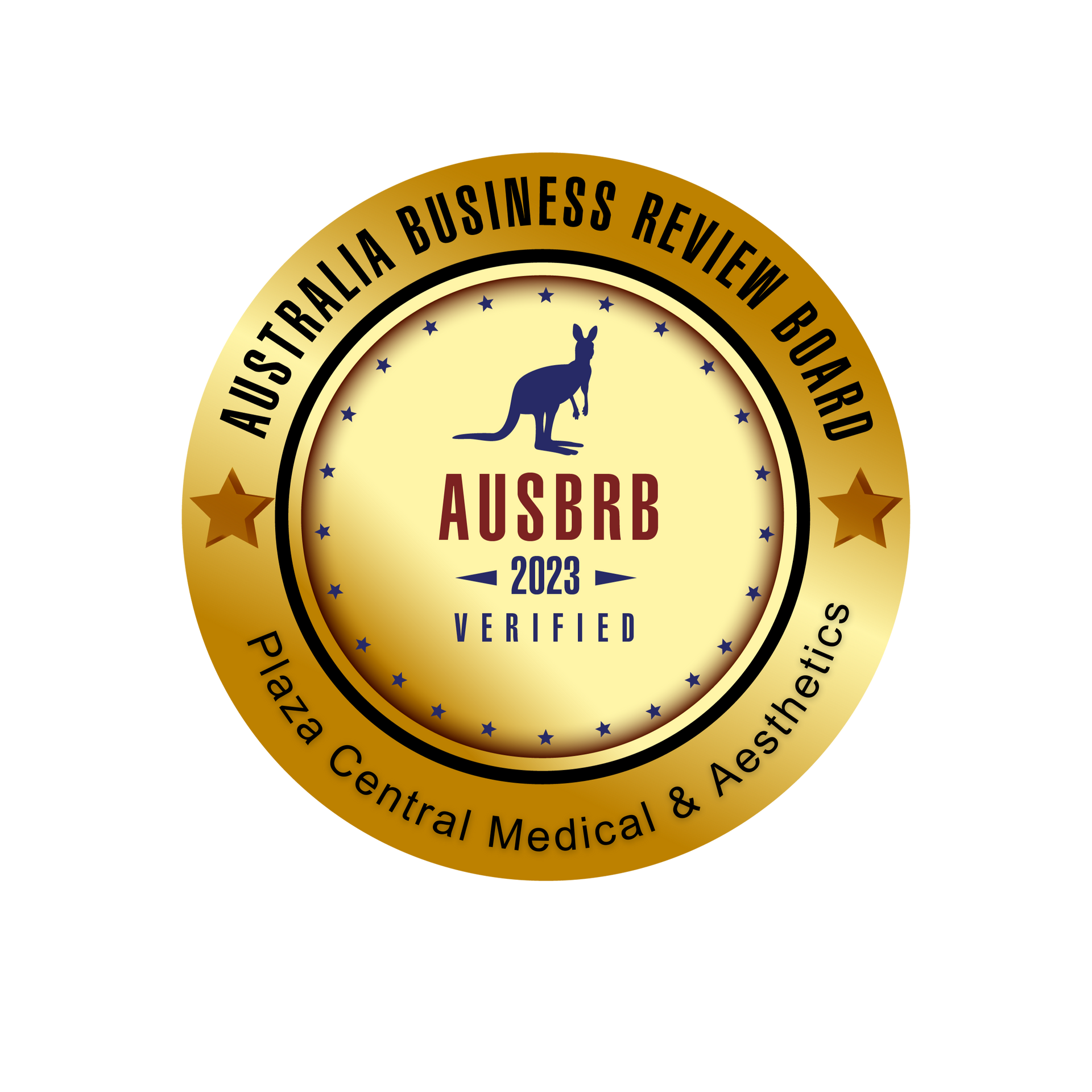Mole Removal with Plasma Pen Technology at Plaza Central Medical and Aesthetics
By Radhika Narayan-Nath
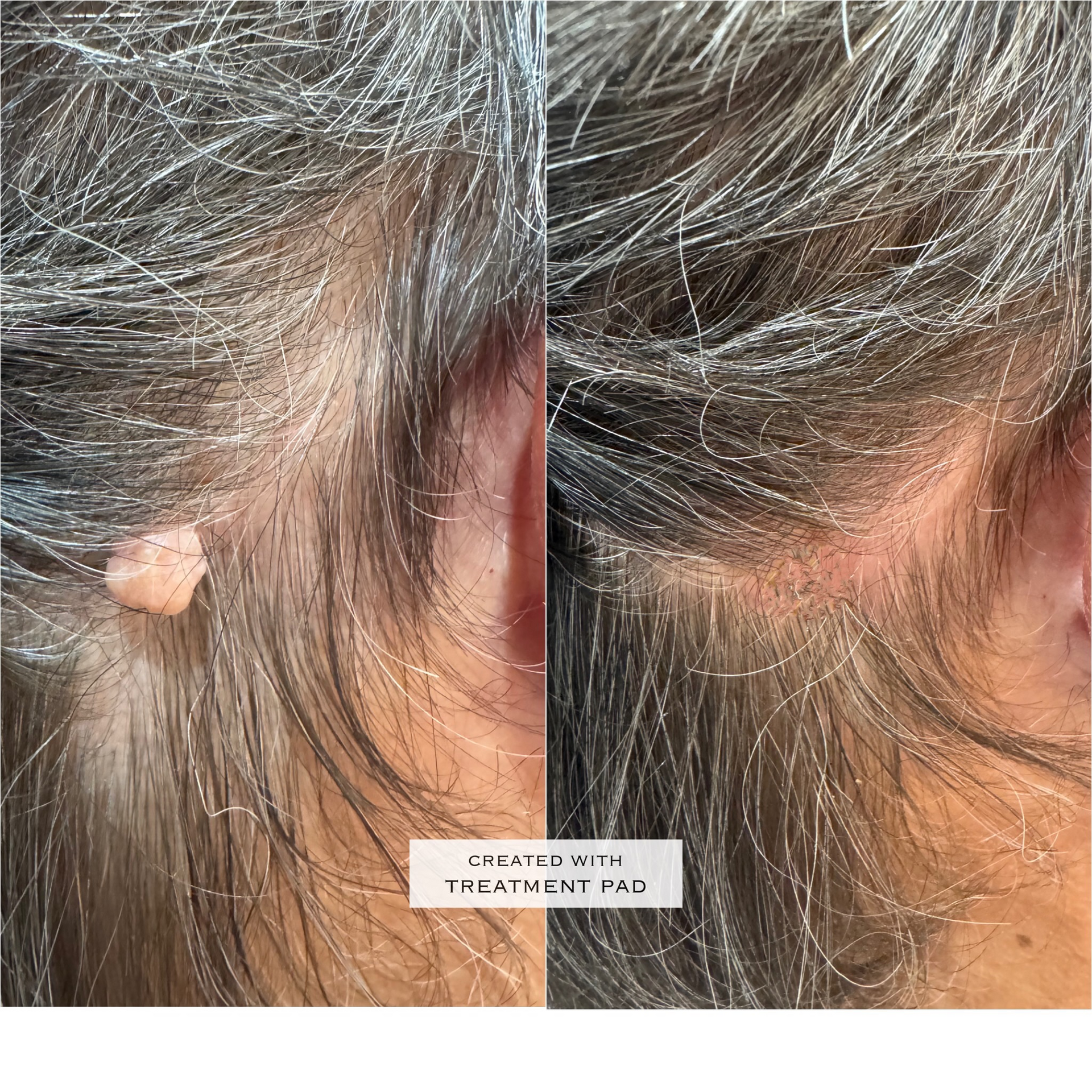
What is Plasma Pen Mole Removal?
Plasma pen technology is a modern way to remove small, benign moles without the need for cutting or stitches. It works by creating a tiny arc of plasma energy that gently treats the surface of the skin, targeting the mole while leaving the surrounding area largely unaffected.
At Plaza Central Medical & Aesthetics, our clinicians carefully assess every mole before treatment to ensure it is suitable and safe.
What Does the Research Say?
Plasma technology has been studied in the treatment of benign skin lesions:
- Benign lesion removal: Research shows plasma pen (voltaic arc) treatment can safely remove small benign facial lesions with minimal damage to surrounding skin.
- Xanthelasma treatment: Studies, including long-term follow-ups, confirm safe and effective results for benign lesions like xanthelasma (yellow plaques around the eyes).
- Healing and collagen response: Research on eyelid treatments found plasma stimulates the skin’s healing response and collagen reorganisation, without major side effects.
Note: Studies are small and observational. This is why careful case selection and experienced clinicians are essential.
What Are the Benefits?
- No stitches required – a minimally invasive alternative for small, benign moles.
- Quick procedure – usually performed under local anaesthetic in the clinic.
- Precision treatment – only the targeted mole is treated.
- Faster recovery compared to surgical excision for small lesions.
Healing Timeline – What to Expect
- Days 1–7: Small carbon crusts (“dots”) form on the mole site and fall off naturally.
- Weeks 2–3: Fresh pink skin blends into surrounding tissue.
- Weeks 6–12: Skin continues to remodel, with gradual fading and smoothing.
Aftercare tip: Keep the area clean, avoid picking scabs, and protect it from the sun to reduce the risk of pigmentation changes.
Is It Safe?
Yes – when performed by qualified medical professionals.
- Every mole is assessed first to confirm it is benign. If there is any doubt, we recommend surgical excision and pathology testing.
- In Australia, plasma pen devices are regulated by the Therapeutic Goods Administration (TGA), and at our clinic we only use approved devices.
- International regulators like the U.S. FDA have issued warnings about unsafe use of energy-based devices outside medical settings—highlighting why treatment should always be carried out in a clinical environment.
Are There Any Risks?
Plasma pen mole removal is generally well-tolerated, but possible side effects include:
- Temporary redness or swelling
- Pigmentation changes (more common without sun protection)
- Rare scarring
Following your aftercare plan greatly reduces these risks.
FAQs
Will it hurt?
We use local anaesthetic so you remain comfortable during the procedure.
Can all moles be removed this way?
No. Only clearly benign moles are suitable. Suspicious or changing moles require surgical removal and histology.
How long before I can wear makeup?
Once the scabs have fallen off naturally, usually after 7–10 days.
Will it leave a scar?
Most patients heal with minimal marks, but any skin procedure carries a small risk of scarring.
Why Choose Plaza Central Medical & Aesthetics?
- Qualified medical team with experience in both medical and cosmetic procedures
- Careful lesion assessment before treatment
- Safe, TGA-approved technology
- Full aftercare support for the best healing and outcome
Book a Consultation
📍
Plaza Central Medical & Aesthetics – 10–18 Pikki Street, Maroochydore
📞 07 5343 7660
🌐 plazacentralmedical.com.au
To book for a free 15-minute consultation, visit our website and select the "cosmetic solutions" tab and select Mole removal from the Fresha menu. We will then confirm your appointment with a phone call or email.
References
- Rossi et al. Eradication of Benign Skin Lesions of the Face by Voltaic Arc Dermabrasion. Aesthetic Plast Surg. 2020.
- Acta Dermatovenerol APA. Plasma sublimation for treating xanthelasma palpebrarum. 2020.
- Medline case series. Xanthelasma removed with Atmospheric Plasma technique (11-year follow-up). 2021.
- Rossi et al. Plasma Exeresis on Upper Eyelid Dermatochalasis: Clinical and Confocal Microscopy Study. Dermatol Surg. 2018.
- U.S. FDA. Safety Communication on Energy-Based Devices for Aesthetic Uses. 2019.
Read our blogs
